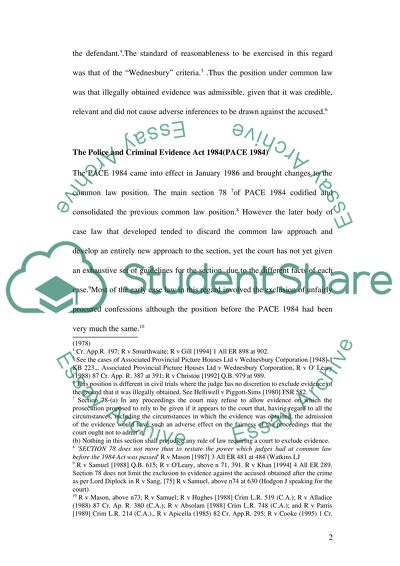Cite this document
(“Criminal Evidence Essay Example | Topics and Well Written Essays - 3000 words”, n.d.)
Criminal Evidence Essay Example | Topics and Well Written Essays - 3000 words. Retrieved from https://studentshare.org/law/1523119-criminal-evidence
Criminal Evidence Essay Example | Topics and Well Written Essays - 3000 words. Retrieved from https://studentshare.org/law/1523119-criminal-evidence
(Criminal Evidence Essay Example | Topics and Well Written Essays - 3000 Words)
Criminal Evidence Essay Example | Topics and Well Written Essays - 3000 Words. https://studentshare.org/law/1523119-criminal-evidence.
Criminal Evidence Essay Example | Topics and Well Written Essays - 3000 Words. https://studentshare.org/law/1523119-criminal-evidence.
“Criminal Evidence Essay Example | Topics and Well Written Essays - 3000 Words”, n.d. https://studentshare.org/law/1523119-criminal-evidence.


